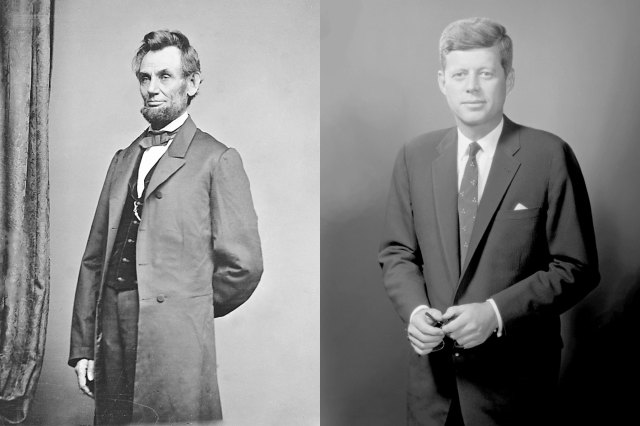 |
Hurricanes used to only be named after women. |
Science & Industry |
 |
| |
| Until the 1940s, hurricanes in the U.S. were generally referred to simply by the year and/or place they occurred, such as the "Great Miami Hurricane of 1926." That changed during World War II, when Navy and Air Force meteorologists began to name the tropical storms they tracked after their girlfriends and wives for easier reference. For a time, the U.S. military also experimented with naming storms after its phonetic alphabet — Able, Baker, Charlie, and so on — but this was replaced with a system thought to be less confusing and easier for the public to remember. In 1954, the National Weather Bureau chose to use women's names as the standard for hurricanes; that year saw Alice, Barbara, Carol, and others. | |
| But why women's names, specifically? The decision was partially inspired by the trend that began during the war, though it was also rooted in sexist stereotypes about the temperamental nature of women. The practice continued in the U.S. until the 1970s, when members of the women's movement spoke out against the negative characterization of women that pervaded every facet of society, including storm-naming. In 1979, the National Weather Service and the World Meteorological Association changed the naming convention to include an even split of women's and men's names, using six groups of 26 names that rotate annually. | |
 |  |
 | ||||||||||||||
By the Numbers | ||||||||||||||
| ||||||||||||||
| ||||||||||||||
 | ||||||||||||||
| ||||||||||||||
The hurricane scale may need a Category 6. | ||||||||||||||
| The National Weather Service currently uses the Saffir-Simpson Hurricane Wind Scale to classify hurricanes on a scale of 1 to 5, based on wind speed. (Other factors, including storm surge, rainfall flooding, and tornadoes, aren't taken into account.) But the increasing risks posed by ever-stronger storms has led some members of the scientific community to suggest expanding the scale to include a Category 6. Atmospheric scientists note that the rise in global temperatures due to climate change has increased the ferocity, unpredictability, and spread of tropical storms. Warmer air contains more moisture, which could lead to an increase of up to 20% in precipitation and higher storm surges by the end of the 21st century. A Category 4 storm has winds of 130 to 156 mph, while Category 5 has winds of 157 mph or higher. Between 2014 and 2024, five storms have exceeded wind speeds over 192 mph, demonstrating the potential need for additional classifications as the strength of storms increases. | ||||||||||||||
 | |||
Recommended Reading | |||
 | |||
| | |||
 | |||
| | |||
| + Load more | |||
| |||||||||
| Contact us | |||||||||
| Privacy Policy | |||||||||
| Terms of Use | |||||||||
| Do Not Sell My Info | |||||||||
| 700 N Colorado Blvd, #513, Denver, CO 80206 | |||||||||
|







0 komentar:
Post a Comment